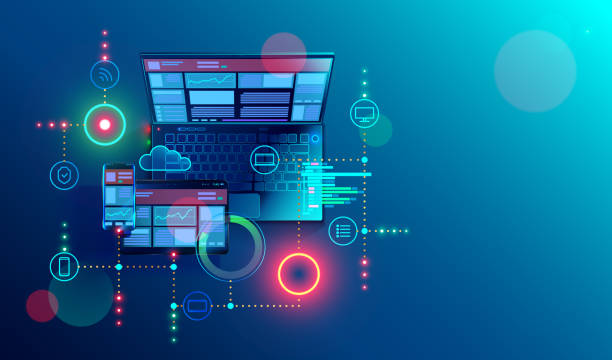Integrations
Integrations refer to the process of connecting different software systems, applications, or technologies to work together seamlessly and efficiently. Integration is crucial in modern IT environments, where different systems often operate in silos and may not communicate or share data effectively. IT integrations aim to overcome these challenges and enable different systems to work together to achieve common goals and improve overall performance.

2. Application Integration: Application integration involves connecting different applications or software systems to enable seamless communication and data exchange. This helps streamline business processes and improve efficiency.
3. Cloud Integration: Cloud integration involves connecting different cloud-based applications or services to work together seamlessly. This helps organizations leverage the benefits of cloud computing, such as scalability, flexibility, and cost-effectiveness.


Integrations can take different forms depending on the specific needs and requirements of the organization. Some common types of IT integrations include:
- Data Integration: Data integration involves connecting different data sources and systems to enable the sharing and exchange of data. This helps ensure data consistency, accuracy, and completeness across different systems.

4. API Integration: API integration involves connecting different applications or systems using Application Programming Interfaces (APIs) to enable data exchange and communication. This helps simplify the integration process and enables systems to work together without requiring extensive custom development.
IT integrations are essential for organizations to improve operational efficiency, enhance customer experiences, and gain a competitive advantage. However, integrating different systems can be complex and challenging, requiring careful planning, testing, and management to ensure successful outcomes. Confident Clouds is here to help!
